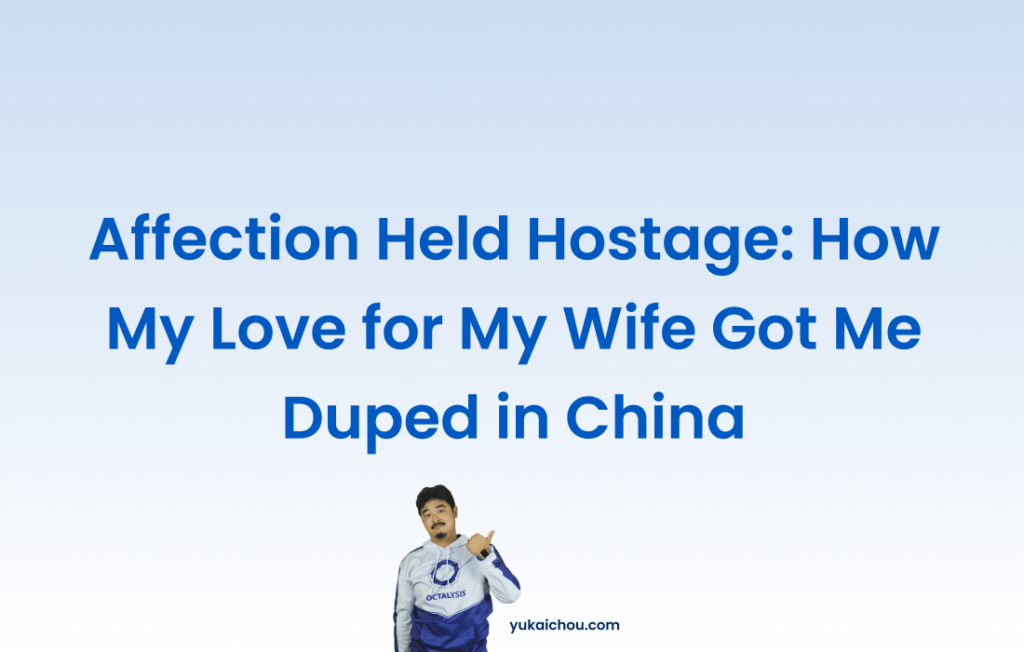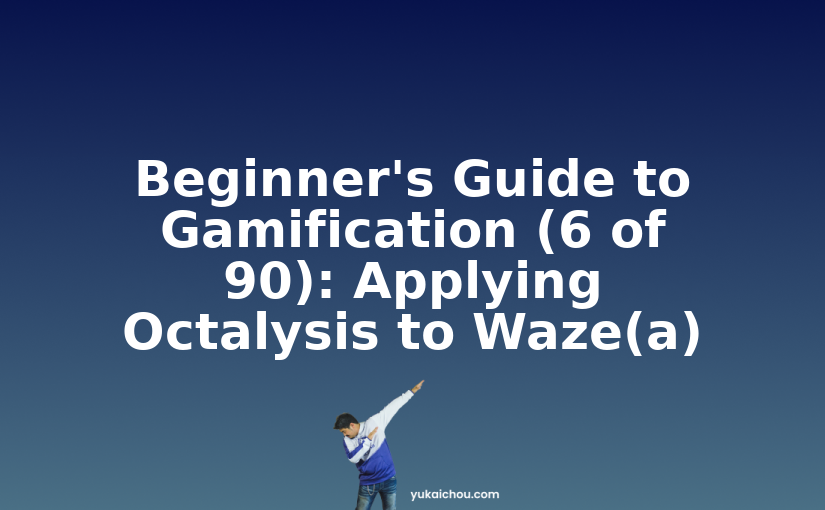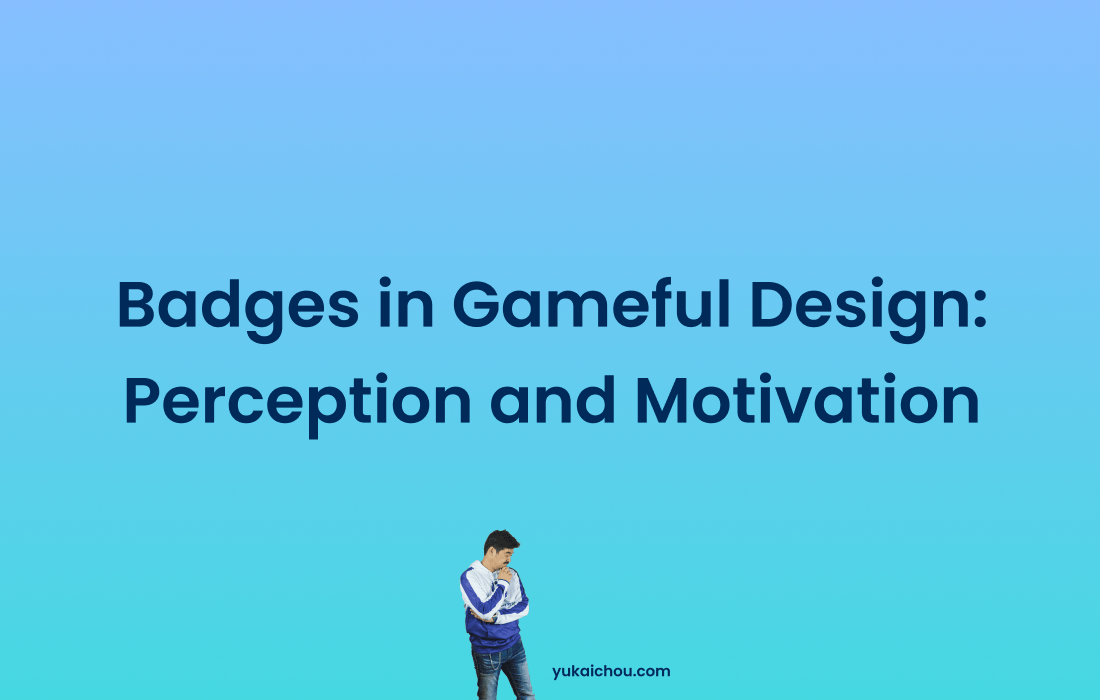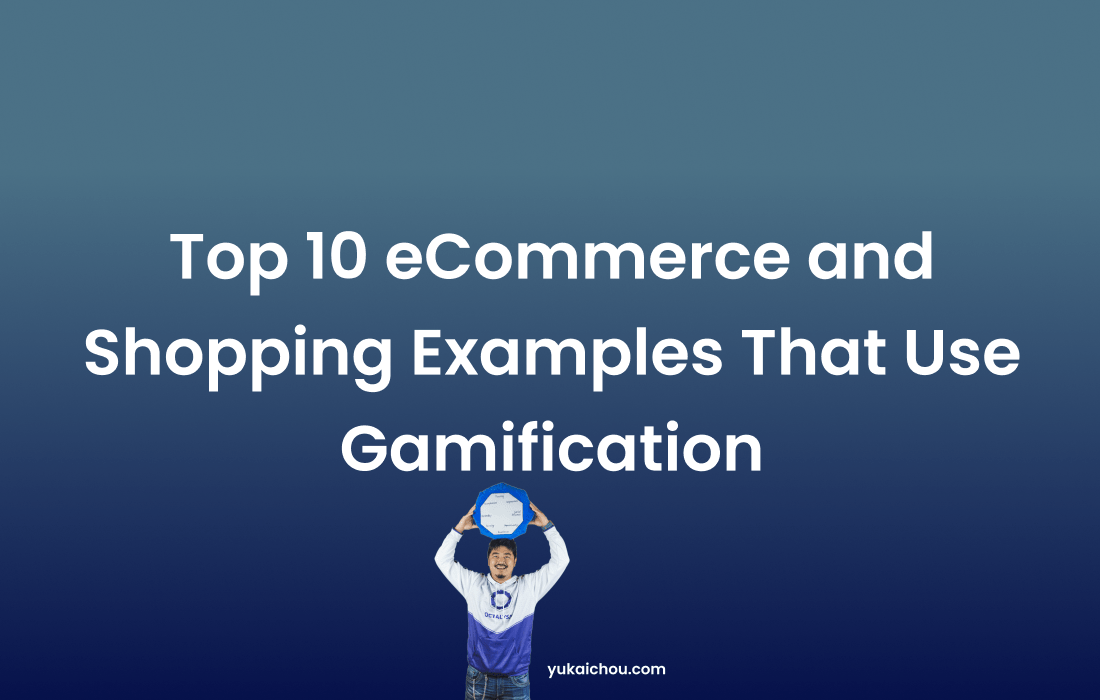My Affection Held Hostage
(Below is a snippet of Gamification Book: Actionable Gamification – Beyond Points, Badges, and Leaderboards. If you like this blog post, you will LOVE the book.)
In early 2014, I was invited to the global conglomerate *Huawei* in Shenzhen, China to do a few workshops on gamification. During this trip, I had an assigned tour guide that took me to the beautiful Tea Stream Valley for a full day trip. (You can see much of this trip, including my camel ride and a jaw-dropping lion dance performance, in my video series – The Beginner’s Guide to Gamification). Between all that excitement, the educational part of my trip came towards the end.
As I was leaving Tea Stream Valley, I saw people soliciting for pencil drawn portraits. My tour guide was using the restroom, so I decided to check them out and if they were any good – that’s the power of Core Drive 7: Curiosity. They saw me approach and asked if I wanted a portrait which I politely turned down.
I was about to leave, when I saw another artist drawing a portrait based on an iPhone photo for another customer. I asked (in Mandarin of course), “Oh, so if I give you a mobile photo, you can draw it too?” He responded, “Of course! Do you want one?”
I decided that this would be a great way for me to bring something back for my wife to show that I was thinking about her during my long trip away from home. Instead of just buying something expensive on the shelf at an airport, a hand-drawn portrait of her would be more personal and more endearing. It would show her that I actually spent time to have something unique and custom-made for her.
I asked the artist, “So how much for one?” He told me it was about the equivalent of $50 USD. I thought, “Wow, that’s extremely expensive, even by U.S. standards.” Instead of negotiating with him, which I generally dislike doing because it requires too much emotional energy, I decided to use the walk-away tactic in Core Drive 6: Scarcity & Impatience.
“Sorry, that’s way too expensive for me.” As I started walking away, he rushed to say, “What if I could do it for $35?” I felt happy that my scarcity tactic was working, but $35 was still too expensive so I said, “Naw, like I said, it’s way too much.” Of course, I wasn’t bluffing. I truly did not intend to buy anything at that point.
He then said, “Okay…I can do it for $25. Since the day’s about to end, I’ll just do you a favor and wrap up with this one.” At this point, even though it still wasn’t very cheap (for comparison, a 90-minute massage in Shenzhen was only $25), I thought I haggled well by cutting his original asking price down by 50% – feeling a sense of Core Drive 2. He also just used a Core Drive 5: Social Influence & Relatedness tactic of “I like you, so I’ll do you a favor,” so I thought I might as well agree to do it. I’m on a fun trip anyway.
After working for twenty minutes, he was almost done with the portrait. It was alright. It wasn’t great but you could tell that it looked like my wife.(That was my main goal – I didn’t want her thinking that I was having another woman drawn!)
As he was wrapping up, he asked, “Would you like to add a transparent protective layer to the drawing? It will protect the pencil lead from being smudged.” I said, “Sure, sounds good!” He gave me a concerned look and said, “It’s going to cost more though.” Slightly surprised, I asked, “How much more?” He told me nonchalantly that for the protective layer, it was going to cost me $15 extra.
I then realized his sneaky tactic and felt fairly annoyed. I responded in an emotionally disturbed tone, “Then forget about it. I’m not going to pay $15 just for that layer.”
Then, with a very concerned and considerate facial expression, he explained, “But if you don’t add the protective layer, the pencil lead will definitely smudge in your luggage bag and ruin the whole drawing. Look how easily the pencil lead falls off.” He then proceeded to use his thumb to rub a corner of the portrait, and indeed a layer of graphite came off onto his thumb. “It would be such a shame if this nice drawing got destroyed!”
What would you do in this situation?
As you can imagine, it was a very uncomfortable situation to be in. Nevertheless, it was also a very compelling educational experience.
The power of Core Drive 8: Loss & Avoidance had taken over my behavior and I ended up paying him $40 for a rather mediocre drawing. And if you recall, just a few minutes earlier I turned down the same drawing for $35!
I walked away, reminding myself repeatedly, “I’m not buying his drawing skills for $40. I’m buying my wife’s happiness for $40. It’s totally worth it.”
Loss & Avoidance Lessons in this experience
A couple of very important observations in persuasive design should be made from this interaction.
I was highly compelled to take the Desired Action. I ended up paying $40 for 20 minutes of the artist’s work, even if I rationally understood that the price wasn’t fair nor its delivery honest. The “artist” made his money. In addition, I felt extremely uncomfortable after taking the Desired Action, and from that point on, would never be strongly inclined to purchase something from street vendors in China again.
This is very important to understand. Utilizing this Black Hat Core Drive is extraordinarily powerful in getting someone to take the Desired Action, but in the long run, it demoralizes the user’s experience and creates burnout which can lead to high turnover. Once they commit the Desired Actions, people don’t want to ever put themselves in the same situation again.
In the situation above, where the artist is only making money from one-off tourists, this tactic only harms other street vendors in China so it may be worth it. At least, until a few years later when all tourists know to avoid buying anything from sleazy street vendors – unfortunately, including the honest ones. However, in your own experience design, I’m guessing you would like your users to commit more Desired Actions subsequent to the first Desired Action, as they enter into the Scaffolding and Endgame Phases.
As a result, when we utilize design elements in an experience that appeal to Core Drive 8: Loss & Avoidance, it should only be at critical bumps where you really need the user to take the Desired Action. This should be followed by a series of White Hat Core Drives to encourage and balance the motivations of the user. We will explore this theme further in Chapter 14 on White Hat versus Black Hat Motivation.
This is the beauty of the Octalysis Framework (from my point of view). We not only can use it to understand how to engineer and design for motivation, but we can understand and optimize for the nature of that motivation to make sure it fulfills both our short-term goals and long-term goals.
And if you must know: upon returning to California, my wife recognized herself in the portrait and was extremely touched by the gesture. I also felt extremely accomplished (Core Drive 2) because she was so happy and because my plan worked like a charm.
Perhaps the $40 was worth it after all.










7 responses to “Affection Held Hostage – how my love for my wife got me duped in China”
I recall on a trip with my wife to Seoul, we decided to have a “street artist” draw a caricature of us. For me, I thought the skill was fine enough and the price was reasonable. The part that I suffered through is that it was a bit chilly and it took longer than I expected. I ended up getting a decent cold out of the experience. A bonus, I guess. That was many year ago. We still have the picture. I even seek out these kinds of people and have had them done for our kids. Kind of a special remembrance of our travels. 🙂
sacoche longchamp hobo pas cher sac a main cuir longchamp pas cher quebec, tarif sac longchamp longchamp sac pas cher fr org besace femme,
longchamp made in france
I enjoyed this story where an art transaction is held up against the Octalysis Framework.
Its interesting to me because the price of a piece of art is always up for debate. Who is to say how much a work of Art is worth?
I cant really remember where I first this story, and it probably is not the exact literal version of it, but it goes something like this
Picasso was sitting on a terrace somewhere in Paris when a woman recoqnized him for the famous artist that he is. She walked up to him and asked him to draw her picture, right then and there.
After 30 minutes, Picasso was done, and showed it to the woman. The woman asked Picasso how much she wanted to have for it.
15,000 Fr., Picasso said. The womans eyes became big as plates and cried out in disbelief.
“15,000!? But it only took you 30 minutes to make!”
“That is not correct, it took me 35 years” Picasso answered.
Picasso was of course no random chinese street artist in the 2000s, but a very famous artist already at that time.
Vincent van Gogh on the other hand is partly famous for not having sold a single painting from his own hand during his entire lifetime. Nowadays though, some of his works sell for over 50 million dollars.
Hahah I think it’s more about the intrinsic valor of the painting for what it represent (attention) than objective valor of the piece of art, could have very well be a post card or a necklace with his wife name on it in Chinese for what it was worth.
But good point anyway Tim 😉
Personally I’d much rather pay what the sign says in a store than going thru the stress of 还价 with a street vendor in China.
“我们是朋友,你是帅哥。好吧,给你便宜一点。”
Funny illustration…and good return on your investment when you reframed the CD1 for a happy life keep a happy wife. 😀
I would add in trading there is the value add or “to boot” in Texan. It means there are no more discounts in price but there is an increase in value. Example: I am buying a horse. Horse trader asks for $1000. I use the walk away and negotiate price until the Horse Trader is working on a very thin profit margin…at some point the sale may be lost, so he starts throwing the horses’ bridle into the offering…then when I don’t bite on it, the Trader may throw in a horse blanket…no bite from me, maybe a saddle, too. SOLD! I bought a horse at a discount including the accessories necessary for a ride.
Thoughts?
Decided to check out your post since you were in my part of the world. Let me know when you’re back next time!
Anyway, it seems like you’ve got the human psychology down to a system. Is what goes through your head constantly while you’re having a conversation? lol